Table of Contents
Introduction Cookie Dough Recipe
Are you ready to elevate your baking game and create the most delectable cookies? Look no further! In this comprehensive guide, we’ll walk you through the steps to make the perfect cookie dough that will have your taste buds dancing with joy.
The Importance of Creaming Butter and Sugar
One of the most critical steps in making cookie dough recipe is creaming the butter and sugars together. This process involves beating the butter and sugars until light and fluffy, which can take several minutes.
Creaming incorporates air into the mixture, which helps create a lighter, more tender cookie. It also ensures that the sugars dissolve properly, preventing a grainy texture in the final product.
Ingredients and Instructions
Easy Cookie Dough Recipe
Course: DessertsCuisine: AmericanDifficulty: easy24
cookies20
minutes12
minutes200
kcalTo begin, gather these essential ingredients:
Ingredients
2 1/4 cups all-purpose flour
1 tsp baking soda
1 tsp salt
1 cup (2 sticks) unsalted butter, softened
3/4 cup granulated sugar
3/4 cup packed brown sugar
1 tsp vanilla extract
2 large eggs
2 cups semisweet chocolate chips
Directions
- Preheat your oven to 375°F (190°C) and line a baking sheet with parchment paper.
- Mix the dry ingredients: In a medium bowl, whisk together the flour, baking soda, and salt. Set aside.
- Cream the butter and sugars: In a large bowl, beat the softened butter, granulated sugar, and brown sugar until light and fluffy. This should take about 2-3 minutes using an electric mixer.
- Add vanilla and eggs: Mix in the vanilla extract, then add the eggs one at a time, beating well after each addition.
- Combine wet and dry ingredients: Gradually stir the flour mixture into the butter mixture until just combined. Be careful not to overmix, as this can lead to tough cookies.
- Fold in the chocolate chips: Using a spatula, gently fold in the semisweet chocolate chips until evenly distributed throughout the dough.
- Scoop and bake: Using a cookie scoop or spoon, drop rounded tablespoons of dough onto the prepared baking sheet, leaving about 2 inches of space between each cookie. Bake for 9-11 minutes, or until the edges are lightly golden.
- Cool and enjoy: Remove the cookies from the oven and let them cool on the baking sheet for 5 minutes before transferring them to a wire rack to cool completely.
Tips for Cookie Dough Recipe Perfection
- Use room temperature ingredients: Ensure that your butter and eggs are at room temperature for easier mixing and a more consistent dough.
- Measure accurately: Use proper measuring techniques for your ingredients. Spoon the flour into the measuring cup and level it off with a knife to avoid packing it down.
- Chill the dough: If you have time, chill the dough in the refrigerator for 30 minutes to an hour before baking. This helps prevent the cookies from spreading too much and results in a thicker, chewier texture.
- Experiment with mix-ins: While chocolate chips are a classic choice, feel free to get creative with your mix-ins. Try different types of chocolate, nuts, dried fruit, or even crushed pretzels for a unique twist.
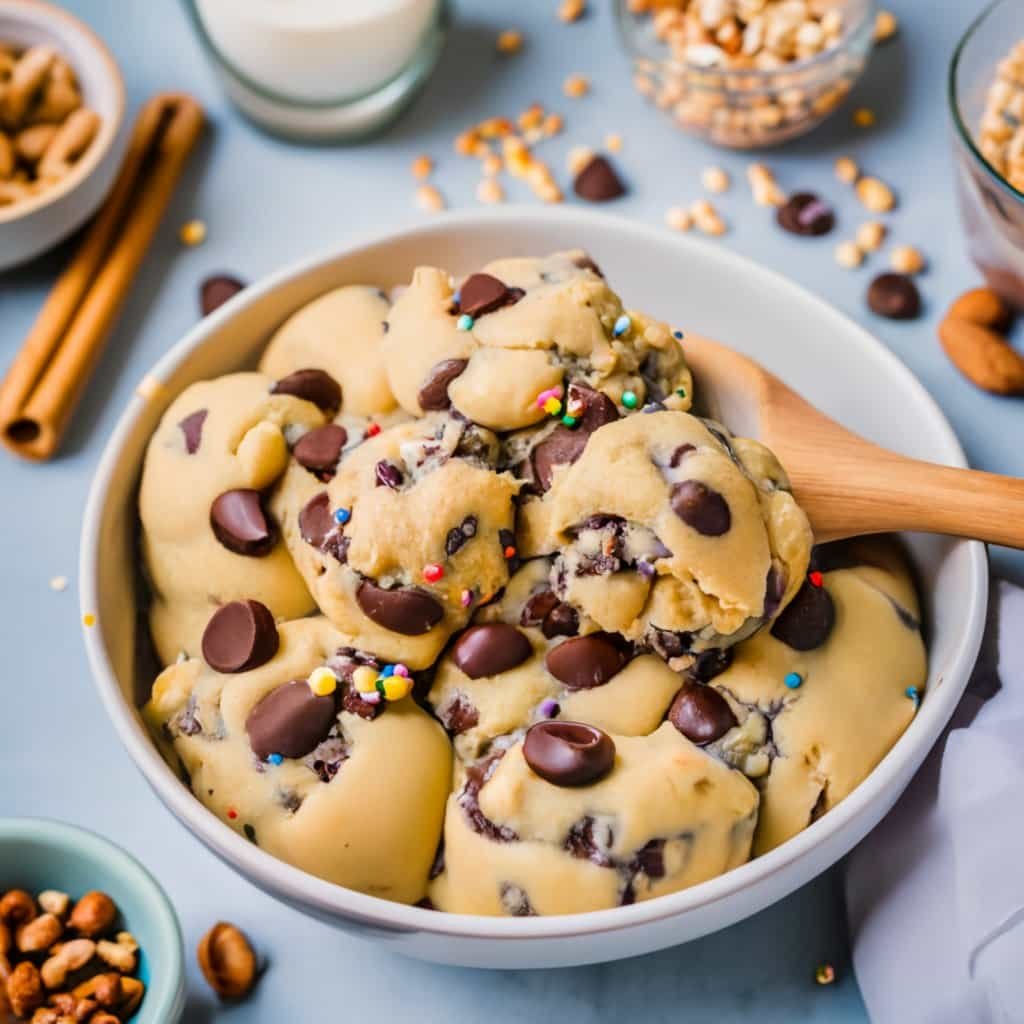
Storing and Freezing Cookie Dough Recipe
If you want to save some cookie dough for later or prepare it in advance, you can easily store it in the refrigerator or freezer.
- Refrigerator: Wrap the dough tightly in plastic wrap or store it in an airtight container in the refrigerator for up to 3 days.
- Freezer: Scoop the dough into balls and place them on a baking sheet. Freeze until solid, then transfer the frozen dough balls to a freezer-safe bag or container. Store in the freezer for up to 3 months. When ready to bake, simply place the frozen dough balls on a baking sheet and add a few extra minutes to the baking time.
- Achieving the Perfect Texture
- The texture of your cookies can range from crisp and crunchy to soft and chewy, depending on your preferences. Here are some factors that influence the texture of your cookies:
- Flour: Using more flour results in a denser, more cake-like cookie, while using less flour creates a thinner, crispier cookie.
- Baking time: Longer baking times lead to crispier cookies, while shorter baking times result in softer, chewier cookies.
- Egg yolks: Using more egg yolks in your dough can create a richer, chewier cookie.
- Baking soda: Too much baking soda can cause your cookies to spread and become thin and crispy.
- Experiment with these variables to find the perfect texture for your ideal cookie.
- Troubleshooting Common Cookie Dough Issues
- Even with the best intentions, sometimes cookie dough doesn’t turn out as planned. Here are some common issues and how to fix them:
- Dough is too sticky: If your dough is too sticky to handle, try chilling it in the refrigerator for 30 minutes to an hour. This will firm up the butter and make the dough easier to work with.
- Cookies are spreading too much: This can be caused by using too little flour, too much baking soda, or not chilling the dough. Ensure that you’re measuring your ingredients accurately and chilling the dough if needed.
- Cookies are too dry: If your cookies turn out too dry, try reducing the amount of flour in your recipe or adding an extra egg yolk for moisture.
- Cookies are burning: Lower your oven temperature and keep a close eye on your cookies as they bake. Every oven is different, so you may need to adjust the baking time or temperature to find the sweet spot.
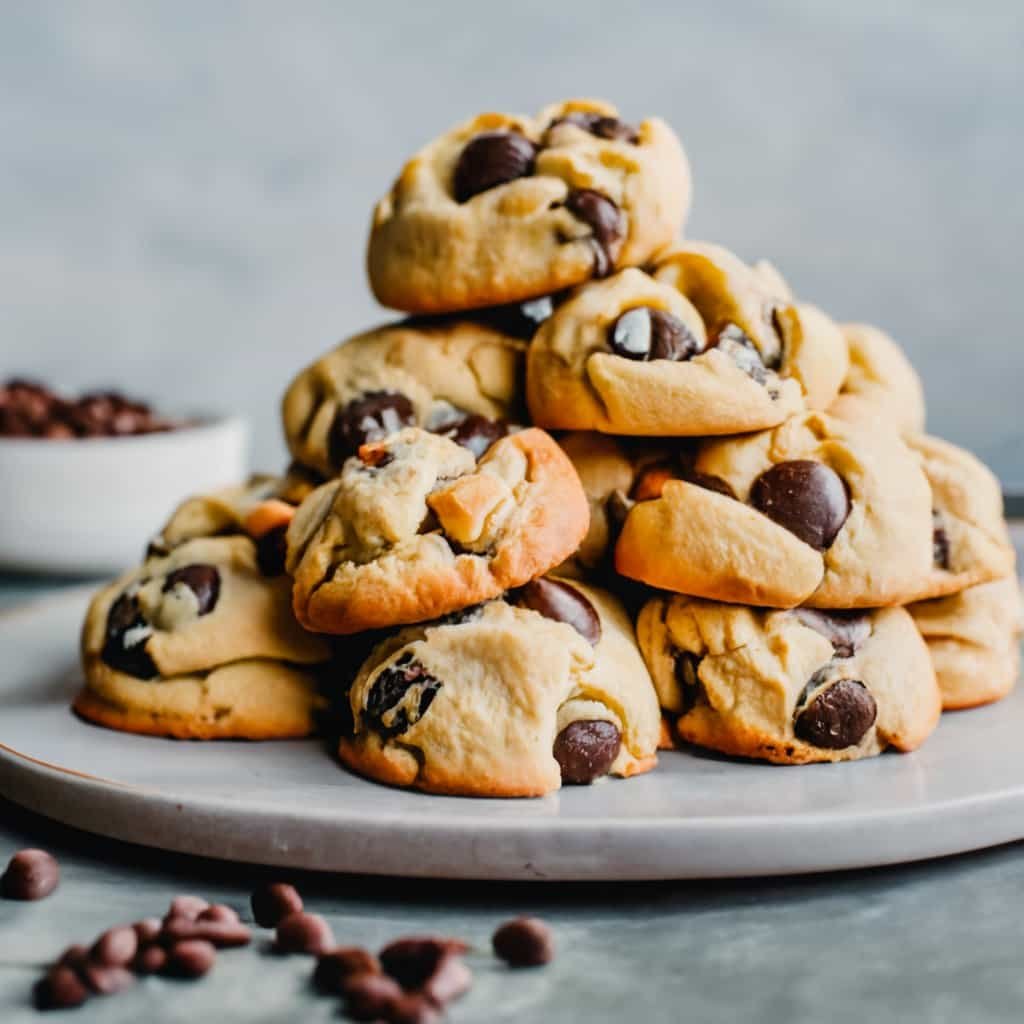
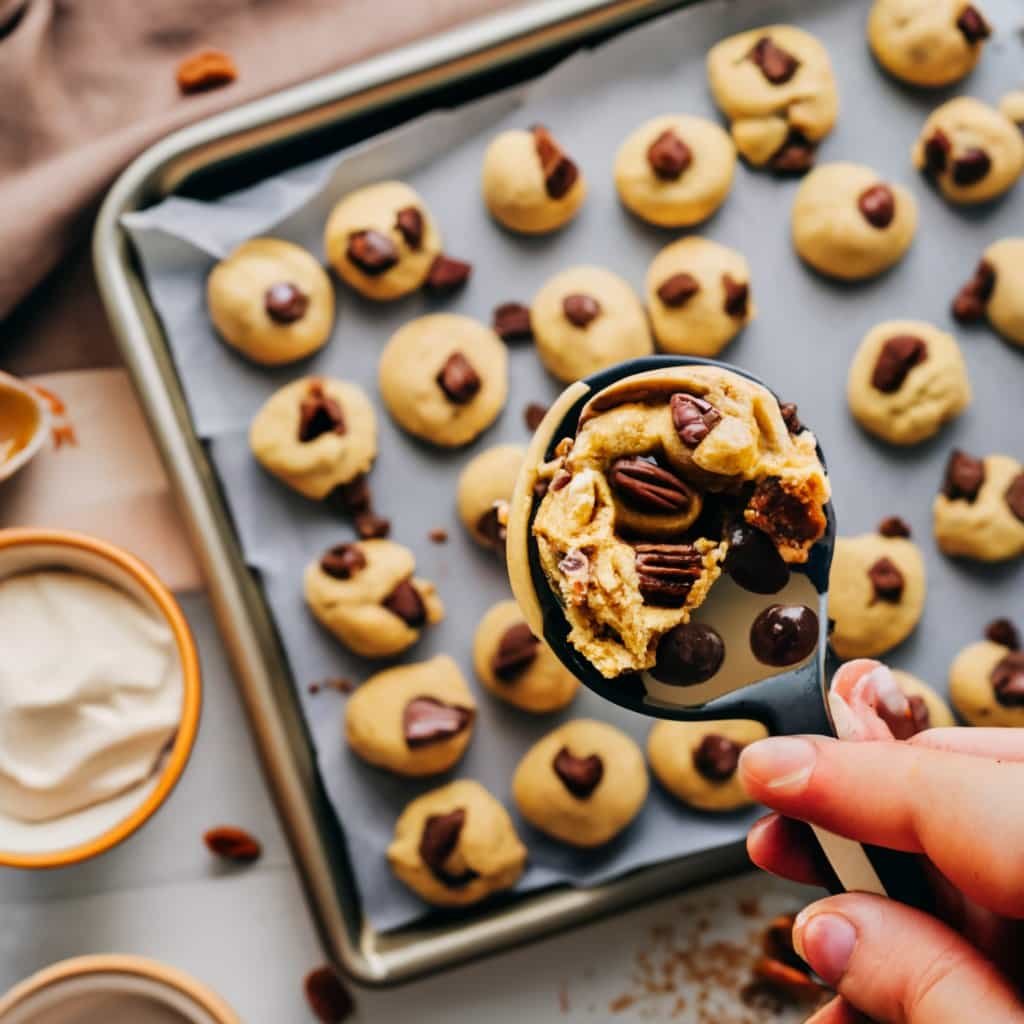
Conclusion Cookie Dough Recipe
With this ultimate guide to making the perfect cookie dough, you’re well on your way to becoming a cookie connoisseur. Remember to use high-quality ingredients, measure accurately, and have fun experimenting with different mix-ins and variations. Happy baking!




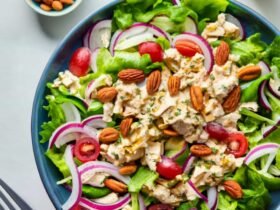






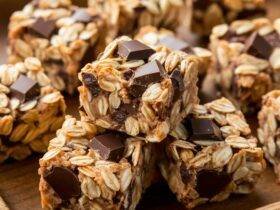

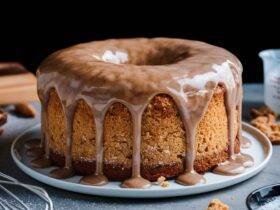





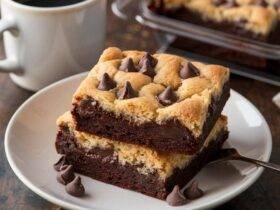


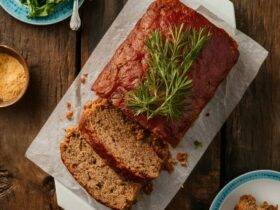
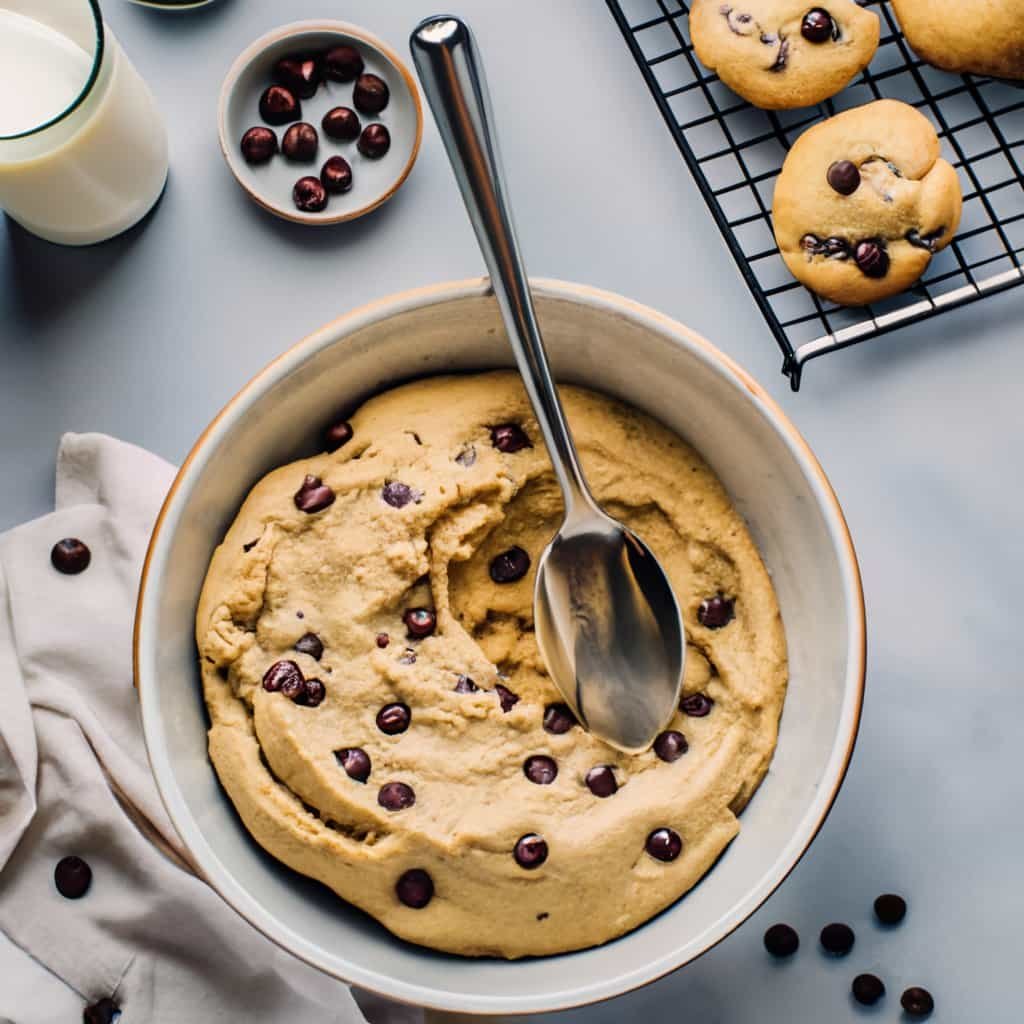
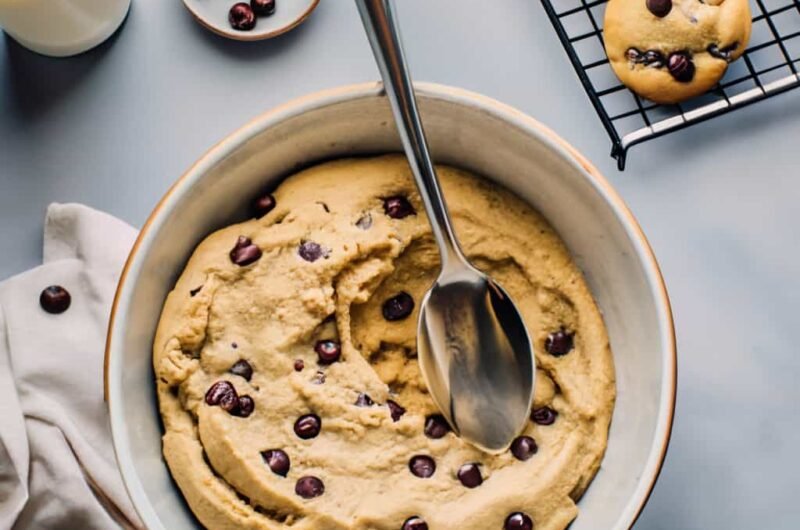


7 Comments